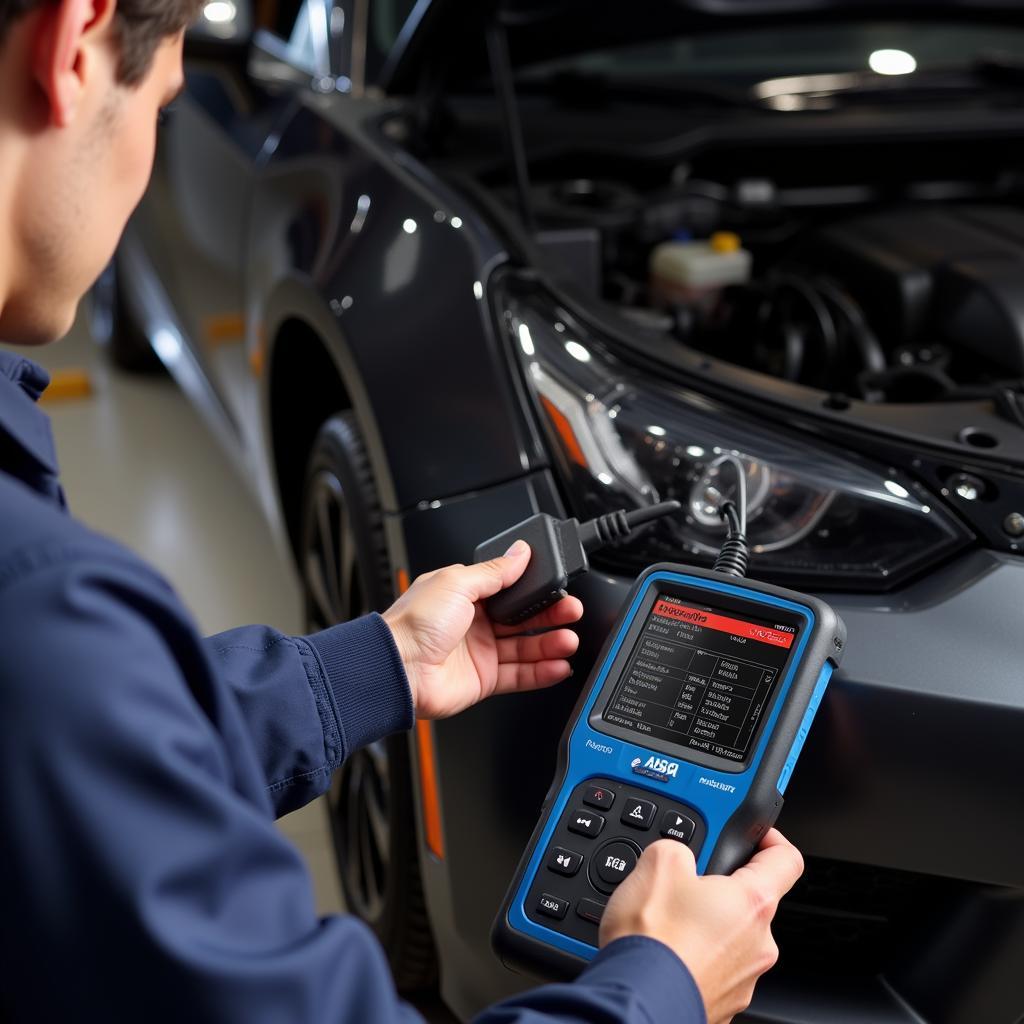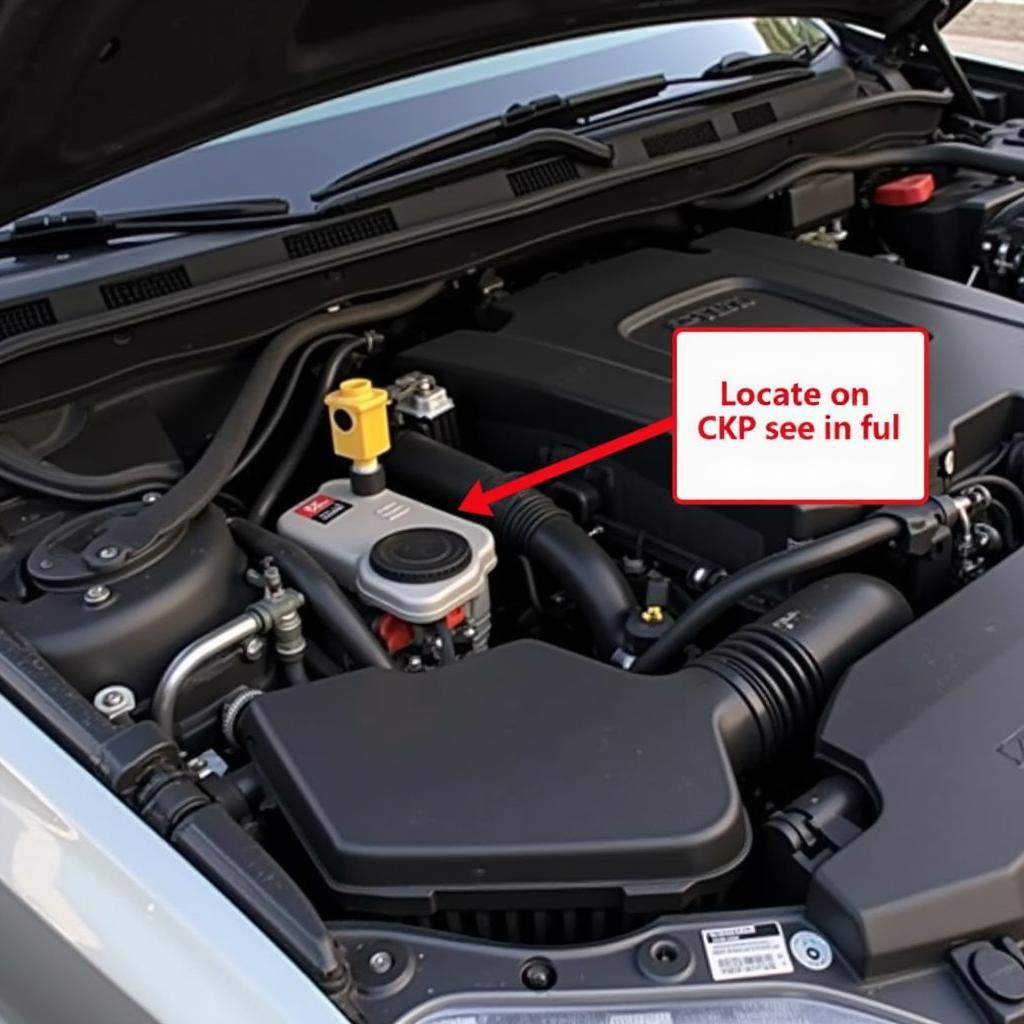Vanos solenoid calibration using a Schwaben scan tool is crucial for maintaining optimal BMW engine performance. This guide delves into the intricacies of this process, providing practical advice for car owners, repair shops, and automotive technicians. We’ll cover everything from understanding the underlying principles to troubleshooting common issues.
Understanding Vanos and Its Importance
The Vanos system, short for Variable Nockenwellen Steuerung (Variable Camshaft Timing), is a core component of BMW engines. It adjusts the timing of the intake and exhaust camshafts, optimizing engine performance and fuel efficiency across various RPM ranges. Vanos solenoids are the actuators responsible for precisely controlling the oil flow that adjusts the camshaft timing.
Why Vanos Solenoid Calibration Matters
Over time, Vanos solenoids can wear down or become clogged, leading to performance issues such as rough idling, reduced power, and decreased fuel economy. A Schwaben scan tool allows you to calibrate these solenoids, restoring their functionality and bringing your BMW back to its peak performance.
Performing a Vanos Solenoid Calibration with a Schwaben Scan Tool
Calibrating Vanos solenoids with a Schwaben scan tool requires a systematic approach. Here’s a step-by-step guide:
-
Connect the Schwaben Scan Tool: Begin by connecting the scan tool to your BMW’s OBD-II port. Turn the ignition on, but do not start the engine.
-
Access the Vanos System: Navigate through the scan tool’s menu to access the Vanos system. The specific steps may vary depending on the Schwaben scan tool model you are using.
-
Initiate the Calibration Process: Select the Vanos solenoid calibration function. The scan tool will guide you through the process, which typically involves activating the solenoids and monitoring their response.
-
Monitor Live Data: Observe the live data displayed by the scan tool during the calibration process. This will help you ensure the solenoids are functioning correctly and responding to the calibration commands.
-
Complete the Calibration: Follow the scan tool’s prompts to complete the calibration process. Once finished, clear any fault codes related to the Vanos system.
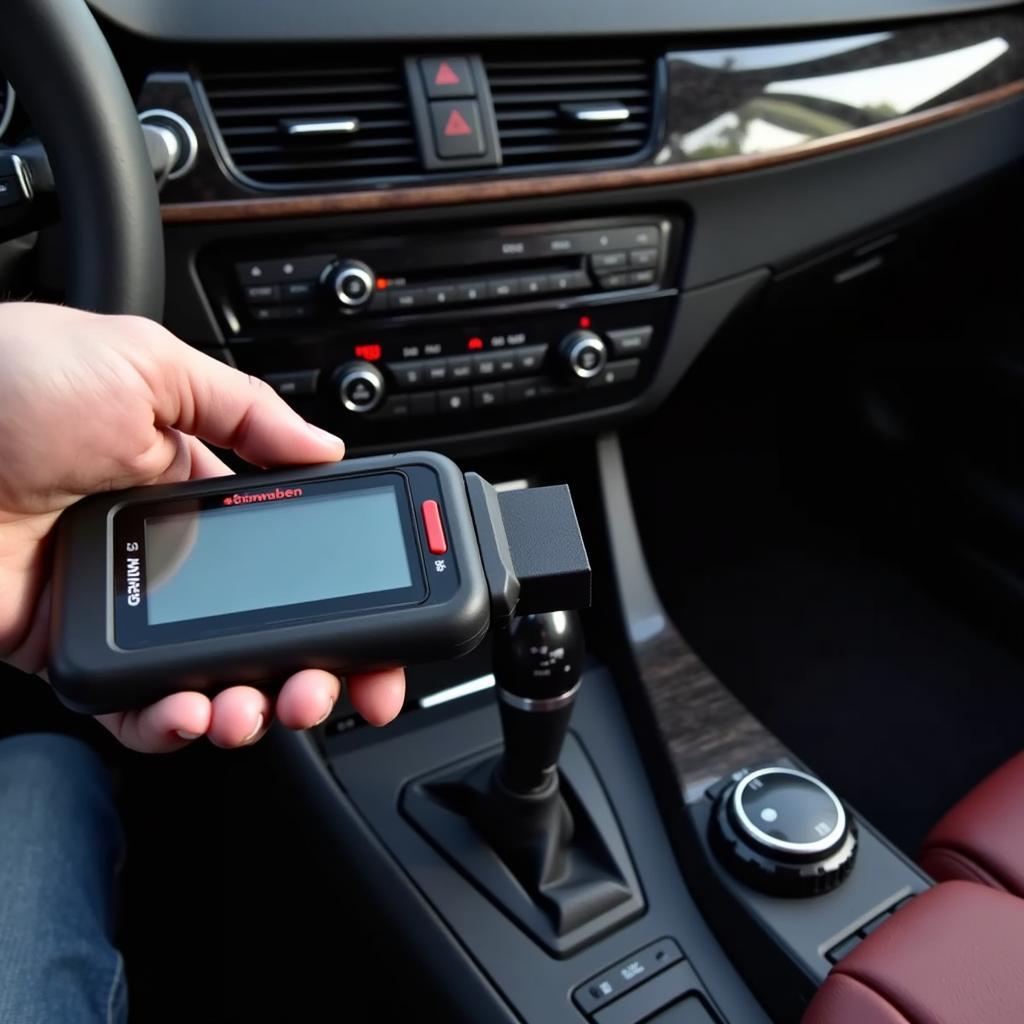 Connecting Schwaben Scan Tool to OBD2 Port
Connecting Schwaben Scan Tool to OBD2 Port
Troubleshooting Common Vanos Solenoid Calibration Issues
While the calibration process is generally straightforward, you may encounter some issues. Here are some common problems and their solutions:
-
Communication Errors: Ensure the scan tool is properly connected to the OBD-II port and the ignition is on. Check for any damaged cables or connectors.
-
Calibration Failure: This could indicate faulty Vanos solenoids or other issues within the Vanos system. Further diagnosis may be required using the Schwaben scan tool’s diagnostic functions.
-
Persistent Fault Codes: If fault codes reappear after calibration, it could suggest underlying mechanical problems that need to be addressed.
What if the Calibration Doesn’t Solve the Problem?
If the calibration doesn’t resolve the underlying issue, further diagnostics are necessary. This might involve checking oil pressure, inspecting the Vanos system components for damage, or even replacing the Vanos solenoids.
“Regular Vanos solenoid calibration is essential for maintaining optimal engine performance. It’s a preventative measure that can save you from costly repairs down the road,” says John Miller, Senior Automotive Technician at Bavarian Motor Works Specialists.
Schwaben Scan Tool Vanos Solenoid Calibration: Best Practices
-
Use the Correct Scan Tool: Ensure you’re using a genuine Schwaben scan tool designed for BMW vehicles.
-
Follow the Instructions: Carefully follow the instructions provided with your specific Schwaben scan tool model.
-
Regular Maintenance: Incorporate Vanos solenoid calibration into your regular BMW maintenance schedule.
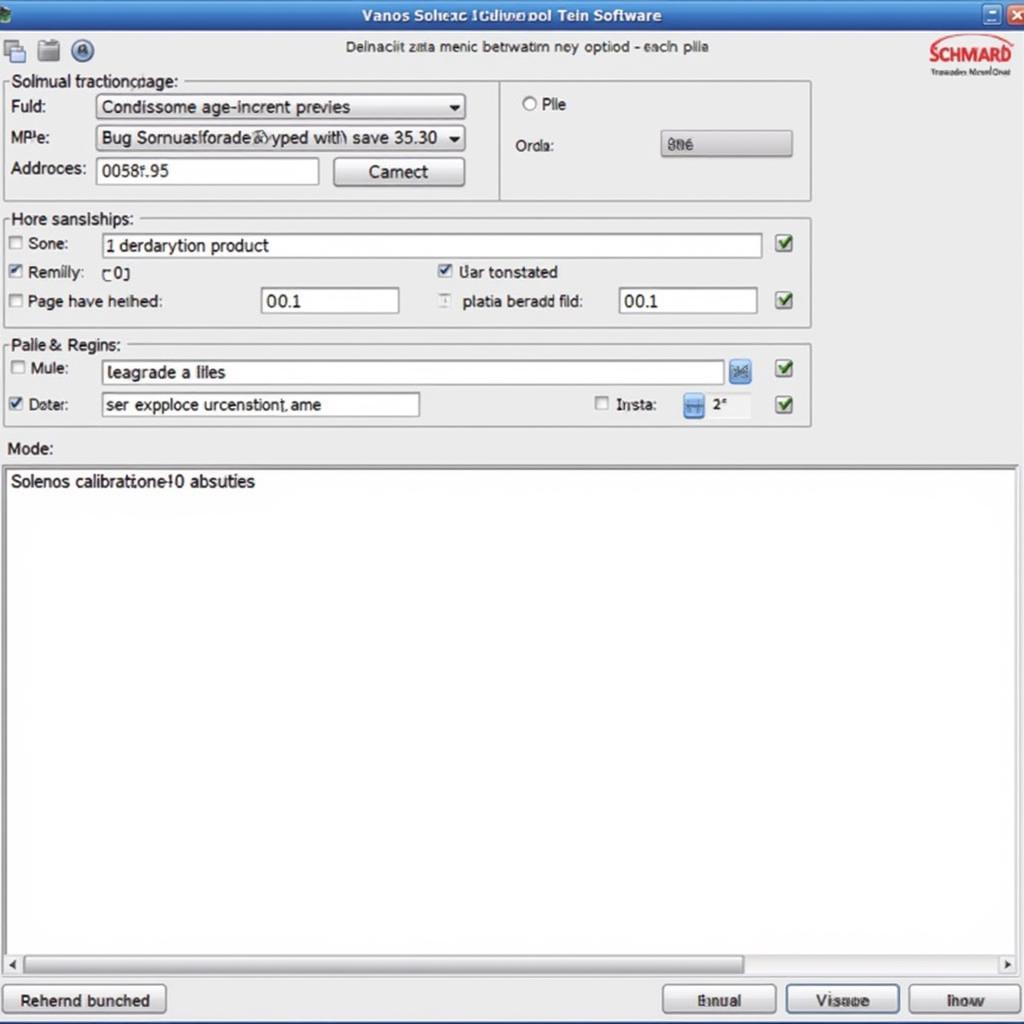 Schwaben Scan Tool Vanos Calibration Menu
Schwaben Scan Tool Vanos Calibration Menu
“Investing in a quality scan tool like the Schwaben is a wise decision for any BMW owner. It allows you to take control of your vehicle’s maintenance and address issues proactively,” adds Maria Sanchez, Lead Technician at Euro Auto Solutions.
Conclusion
Schwaben Scan Tool Vanos Solenoid Calibration is a critical aspect of BMW maintenance. By understanding the process and following the best practices outlined in this guide, you can ensure your BMW engine runs smoothly and efficiently. For any assistance or to acquire a Schwaben scan tool, contact ScanToolUS at +1 (641) 206-8880 or visit our office at 1615 S Laramie Ave, Cicero, IL 60804, USA.
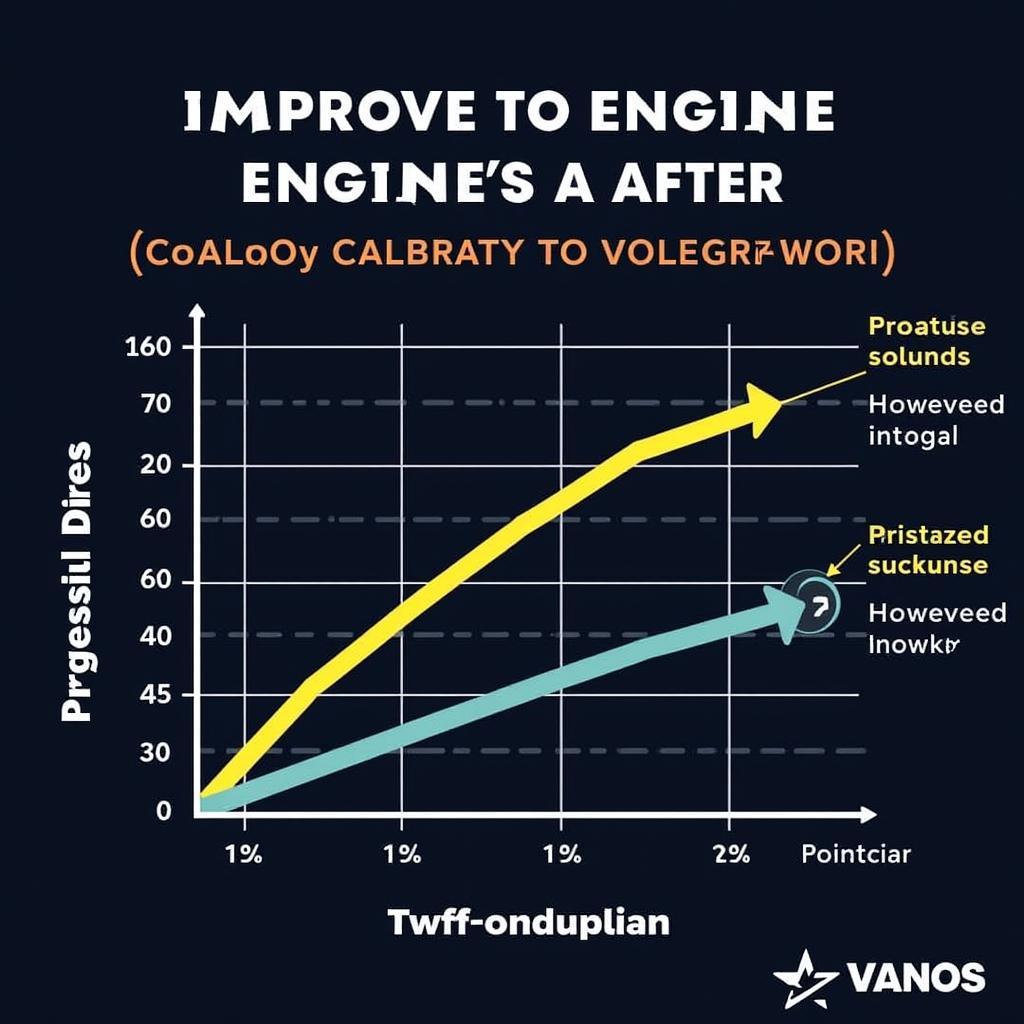 BMW Engine Performance Graph After Calibration
BMW Engine Performance Graph After Calibration
FAQ
-
How often should I calibrate my Vanos solenoids? It’s generally recommended to calibrate Vanos solenoids every 30,000 to 50,000 miles.
-
Can I calibrate Vanos solenoids without a scan tool? No, a specialized scan tool, like the Schwaben, is required for this process.
-
What are the symptoms of faulty Vanos solenoids? Symptoms include rough idling, reduced power, hesitation, and decreased fuel economy.
-
How long does the calibration process take? The calibration process typically takes 10-15 minutes.
-
Is Vanos solenoid calibration expensive? The cost of calibration is significantly less than replacing the solenoids or other Vanos system components.
-
Can I damage my engine by calibrating the Vanos solenoids incorrectly? It’s unlikely to damage the engine, but following the correct procedure is crucial for successful calibration.
-
Where can I buy a Schwaben scan tool? You can purchase a Schwaben scan tool from authorized retailers or directly from ScanToolUS.

